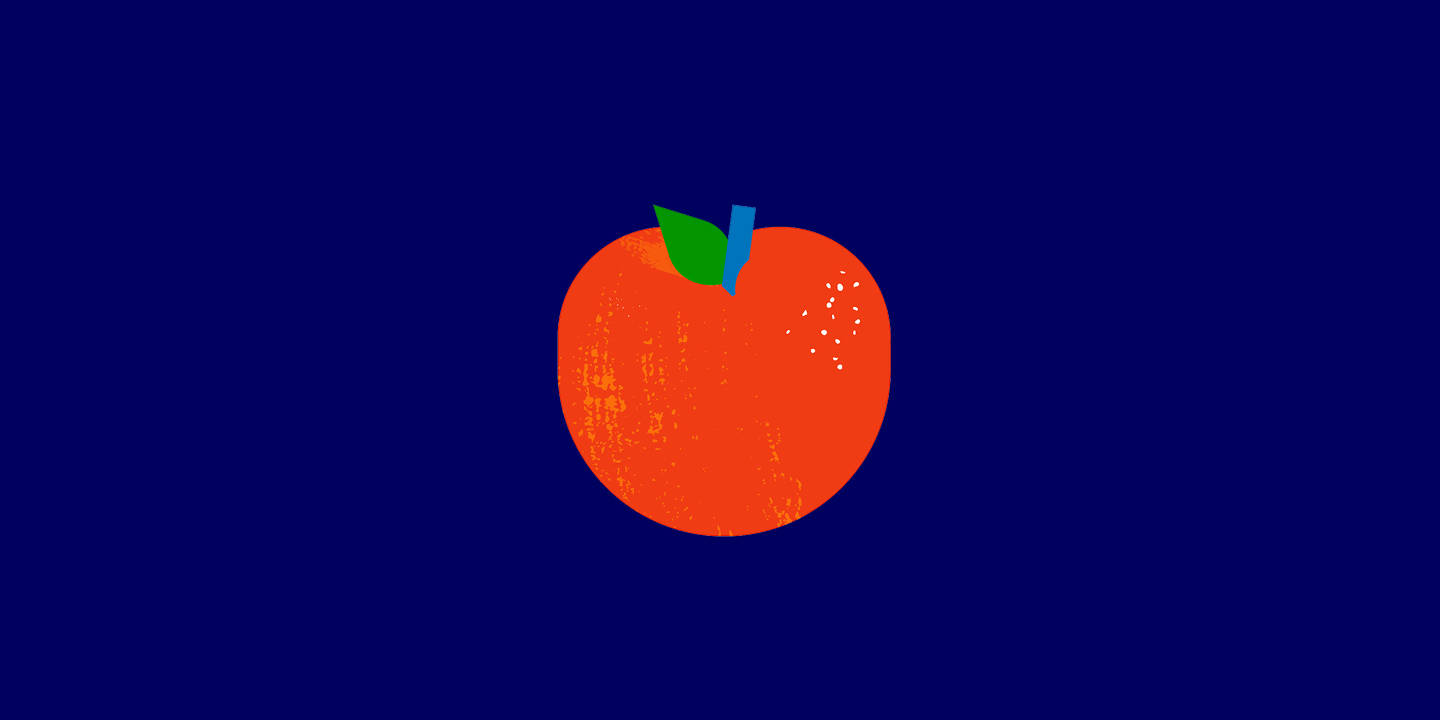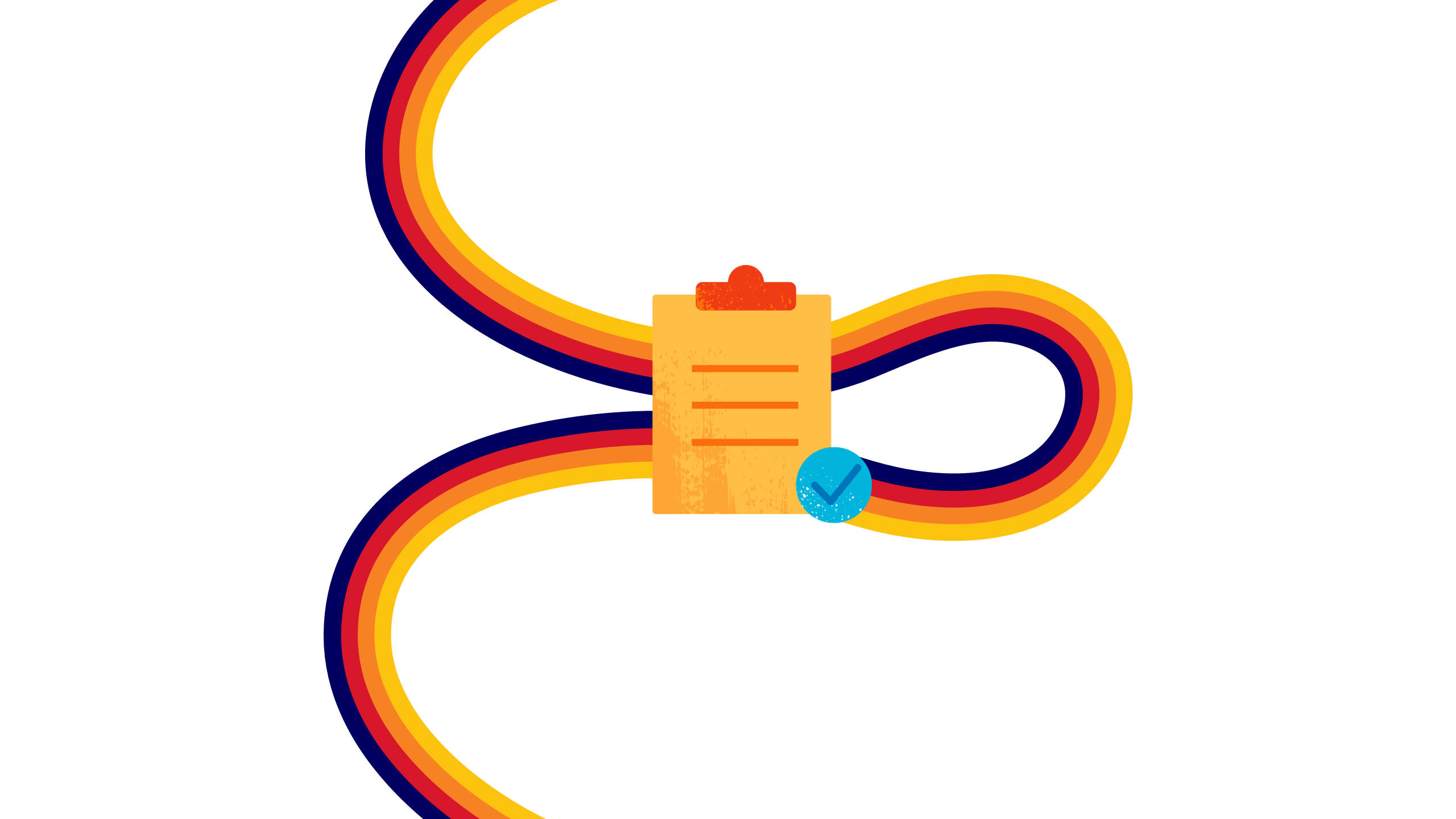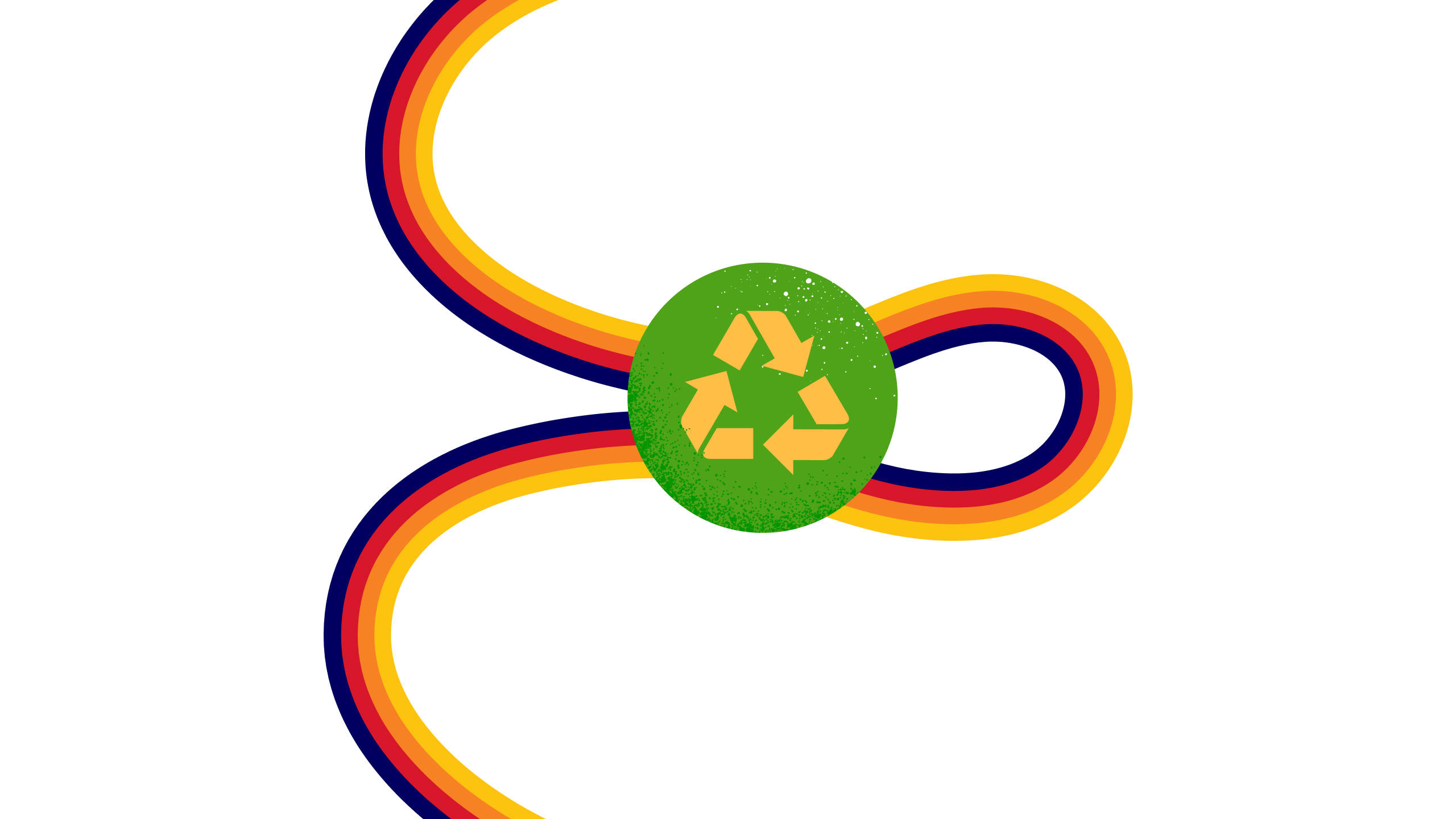Making a Good Difference
At ALDI, we believe in making a Good Difference. As a major Aussie retailer, we are mindful of our responsibility to the environment and the communities – those who live and work in our beautiful, big backyard.

We’re thrilled to retain the title of Australia's 'Most Trusted Supermarket Brand' for 2025 in the Supermarkets and Convenience Stores category. This award recognises our innovation, quality, value, and sustainability.
Our sustainability initiatives are guided by four areas of focus: Good Planet, Good Community, Good Health and Good Business.
Learn more about these four areas below and discover how we can make a Good Difference together.
Soft Plastics Recycling Update
Some products may still display the outdated "Return to Store" ARL. As our suppliers work to replace these with the updated "Check Locally" ARL, please check with your local council for recycling initiatives.







